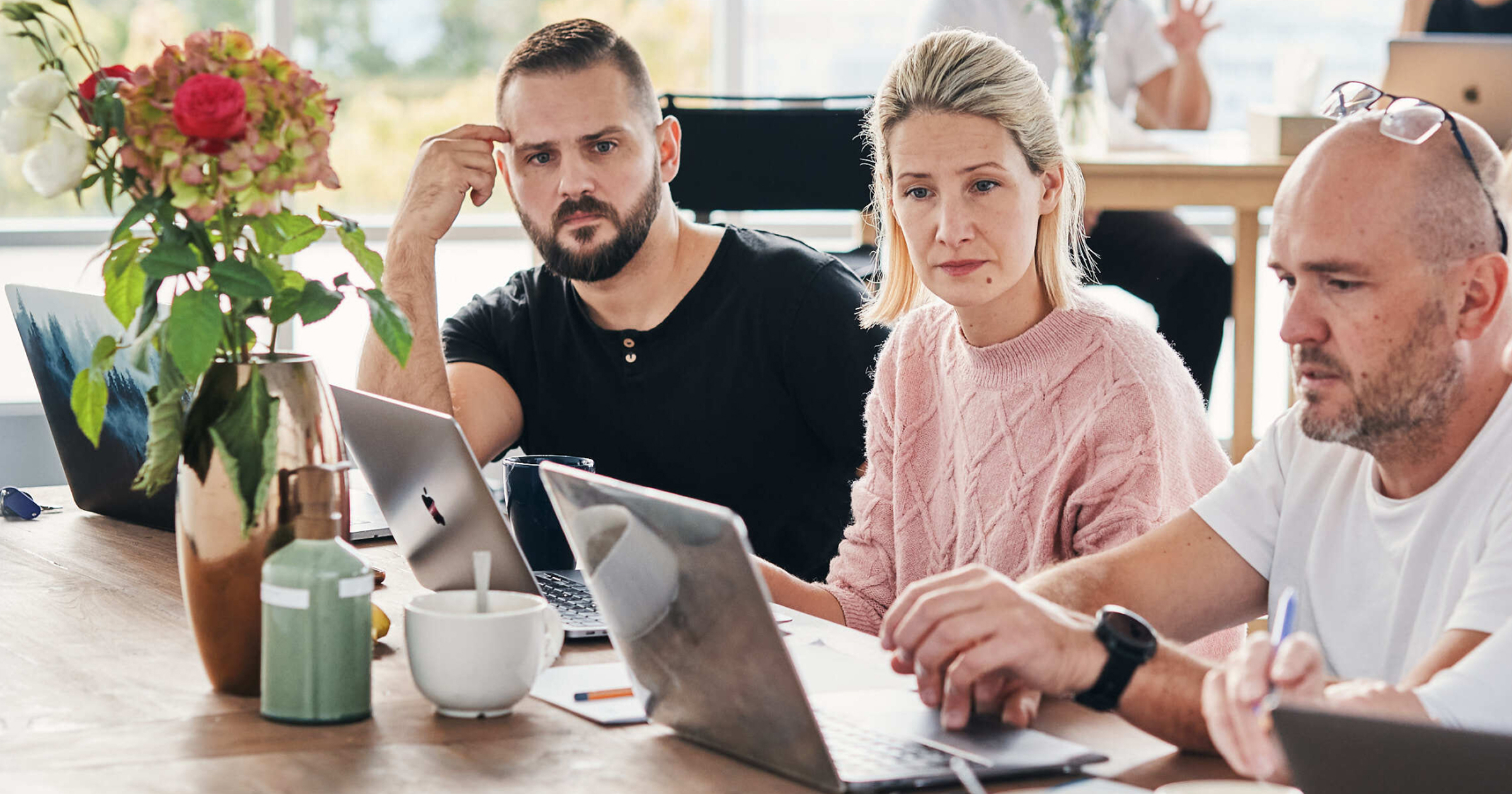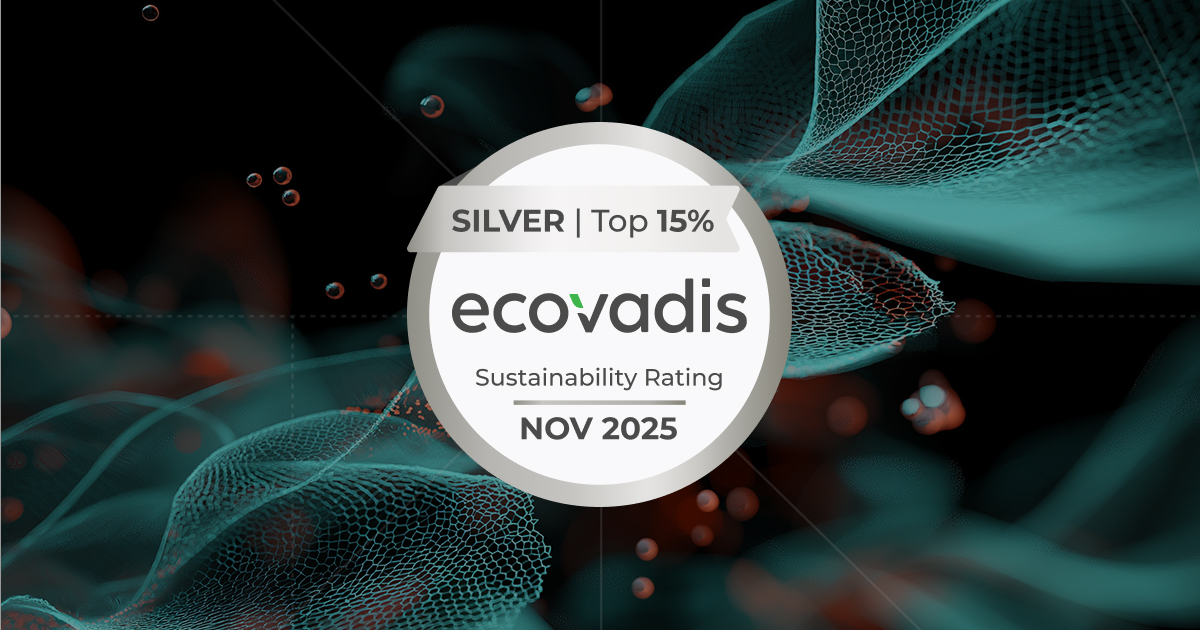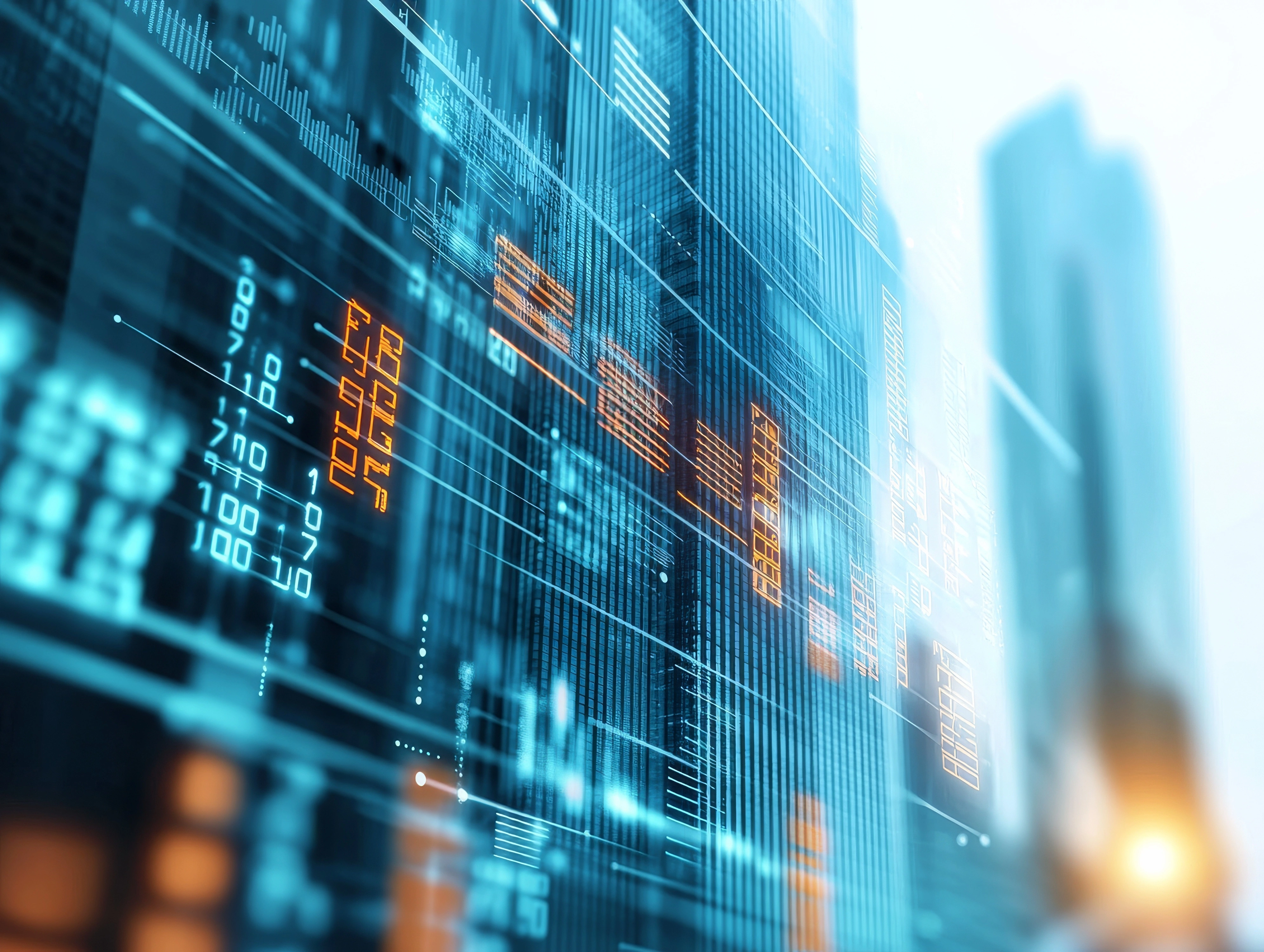“We are in the midst of the biggest masonry innovation in the last 6,000 years,” says Jiri Devat
Creative Dock recently presented corporate venture building at its best in a project for Wienerberger. It is no coincidence that the introduction of the new head of the Manufacturing and Construction industrial vertical, Jiri Devat, accompanied it, as he was one of the main actors behind this innovation. During his long career before that, he headed one of Microsoft’s national offices for several years. During that time, Bill Gates made the nickname G9 popular, which became synonymous with his complex name. And what is this disruptive innovation in construction?

Words by Barbora Klarova, Photos by Creative Dock archive

Your track record of disrupting fast-moving technology industries is quite astounding. Manufacturing, OK, but isn’t construction too traditional for some big innovations and corporate venture businesses? After all, buildings have been built more or less the same way for thousands of years…
And that is precisely the reason why this industry needs to innovate! (laughs) You are absolutely right. Therefore, I would not call it bragging to say that our robot, invented and designed by KM Robotics, in fact, really is the most significant innovation of the past 6,000 years of masonry. The primary win comes not only with the use of the newest technologies.
“There is a permanently enlarging shortage of skilled construction workers and increasing pressure of investors to shorten the construction phase of development.”
Without automation and robotisation, the construction industry cannot address these challenges. Another benefit of the innovation is that the robot can be programmed to adapt to any building material, easier than human masons. We just needed a special patented shape of bricks, which we managed to invent. So now you can imagine a robot building your new family house.
Would you buy such a robot-built house and live there?
For sure! Actually, I would prefer to have a robot-built house. With a robot, you have full control over the design, quality, or any other technical aspects of your house. Soon, the situation will be just like in the car industry: If you buy a Bugatti, you will probably appreciate the manual assembly of your engine. Nevertheless, I would prefer to have my Skoda car built by robots.
Wait a minute… are you trying to say there are only benefits to the robotic evolution we face? No threats whatsoever?
The benefits are overwhelming by far: availability, speed, precision… Let me give you an example: The immediate benefit is availability — our single robot WallTER can stand in for more than ten human masons and work 24/7. But my favorite merit is the transformation of the entire industry.

“The robot not only builds walls, but it also keeps a record of finished constructions and can transfer that into a digital BIM model of a building, enabling faster installation of fittings and other necessary parts.”
Therefore, I would even say that automation is the natural next level for construction and any other business. But there are also some challenges down the road, of course. With the introduction of robots to the construction site, a safety framework has to be revised, as well as considering the impact on a construction workflow (so-called CWP).
So do you see great potential for growth in the construction and manufacturing sector? Better said, undiscovered, untapped potential for innovations that will grow and change those industries? Of course, building on existing foundations and assets.
I wouldn’t say just great potential. The opportunities are next to infinite! Manufacturing and construction industries account for more than a quarter of the GDP in the European Union and nearly 40% in Central Europe. Nowadays, each and every company in the sector is exploring ways to coat their products with services and thus reach the end user. The time has come for us to blend the innovation of physical products with digitalisation and business transformation.
You were raised in the city of Zlin, the hometown of the famous Czech entrepreneur Tomas Bata. His shoe company was once the biggest in the world. Was this person the source of inspiration for you, or are people in Zlin somewhat irritated and bored by the neverending adoration of this business-world hero?
I have always been fascinated by the success of Tomas Bata. Imagine he managed to build a new modern city and a global corporation in a decade! I never felt bored or even irritated by his legacy. On the contrary! I may have had a natural respect for successful people ever since.
And even though I don’t live in my hometown anymore, the connection never fades. Let me give you an example: Five years ago, initially still within IdeaSense, we got the opportunity to launch our cooperation with Wienerberger, the world’s biggest producer of building materials. We shared the same passion for novel methods and innovations from the very first moment. It was almost striking. And the explanation? The company’s Czech CEO’s wife comes from Zlin, the city of brick facades! (laughs)
Wow, that cannot be just a coincidence! (laughs) And after all these years, the cooperation with Wienerberger is blooming!
That is true and I am utterly happy about it. Just imagine: We have worked together on 17 different projects! Today, we manage a considerable share of the Wienerberger innovation ecosystem, where the robotic masonry project is the flagship one. As a part of the project, we lead the development of the robotic system itself and the RobotReady block; we have developed the service business model, preparing the launch of a new venture to provide robotic masoning in Europe and building up a solution portfolio around the RobotReady block patent.

By taking a glimpse at your current projects, one could easily rank you among geeks. Have you always been a pioneer of new technologies and modern innovations?
I would definitely not define myself as a geek. In some aspects, I am actually quite old-fashioned. However, I am fascinated by the capabilities of new technologies and strive to find the healing power of imperfection. For example, the benefit of AI is not to gain more or smarter intelligence but to prevent biased decisions.
OK, you are not a geek, yet we still talk about technology quite a lot. How would you characterise your approach, then?
I would say that modern ways of thinking were always a huge source of fascination for me. Again, let me illustrate that with an example from my career: In Czech Airlines, I used to be responsible for business innovation and ICT management. The airline business is — for many good reasons — very traditional and its environment is oligopolistic. We had to be very creative to pull innovations through all the barriers. Digitalisation was a great help; 14 of our 17 transformative projects were IT enabled — already fifteen years ago!
“If I were to describe myself, I would probably say that my signature ingredients are ideation, linking knowledge, and connecting people.”
I am sure many people ask you this, but I have to make sure: Did Bill Gates really invent and spread your G9 moniker?
It sounds a bit like a myth. (laughs) Actually, he did not. But Bill has popularised it; he even called me G9 publicly in front of journalists, businessmen, or presidents. It is supposed to be pronounced [ʤiː naɪn] and I prefer that to all horrible mispronunciations of my very Czech name.



.webp)










%20(1).jpg)































































